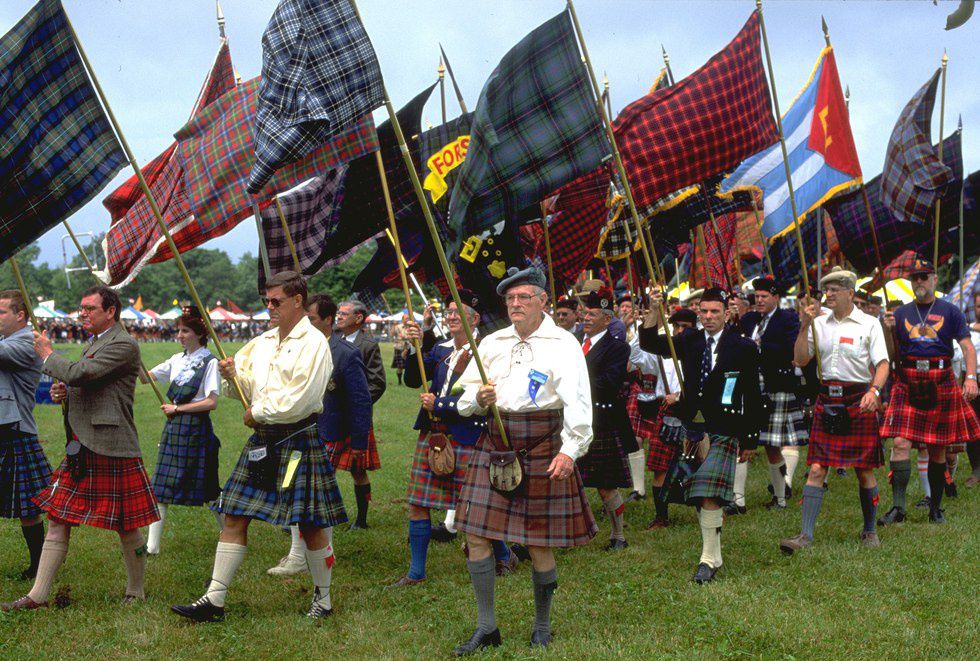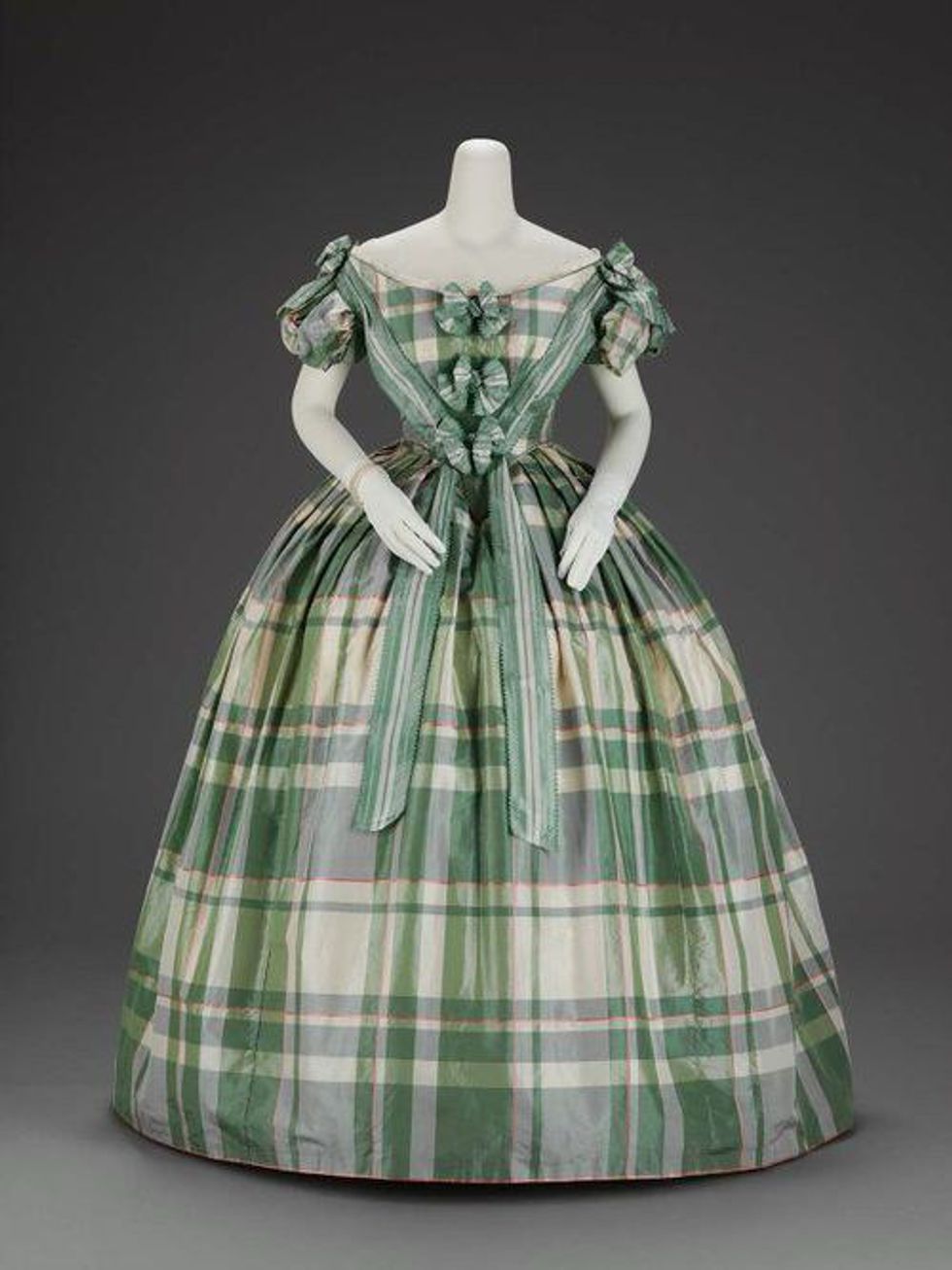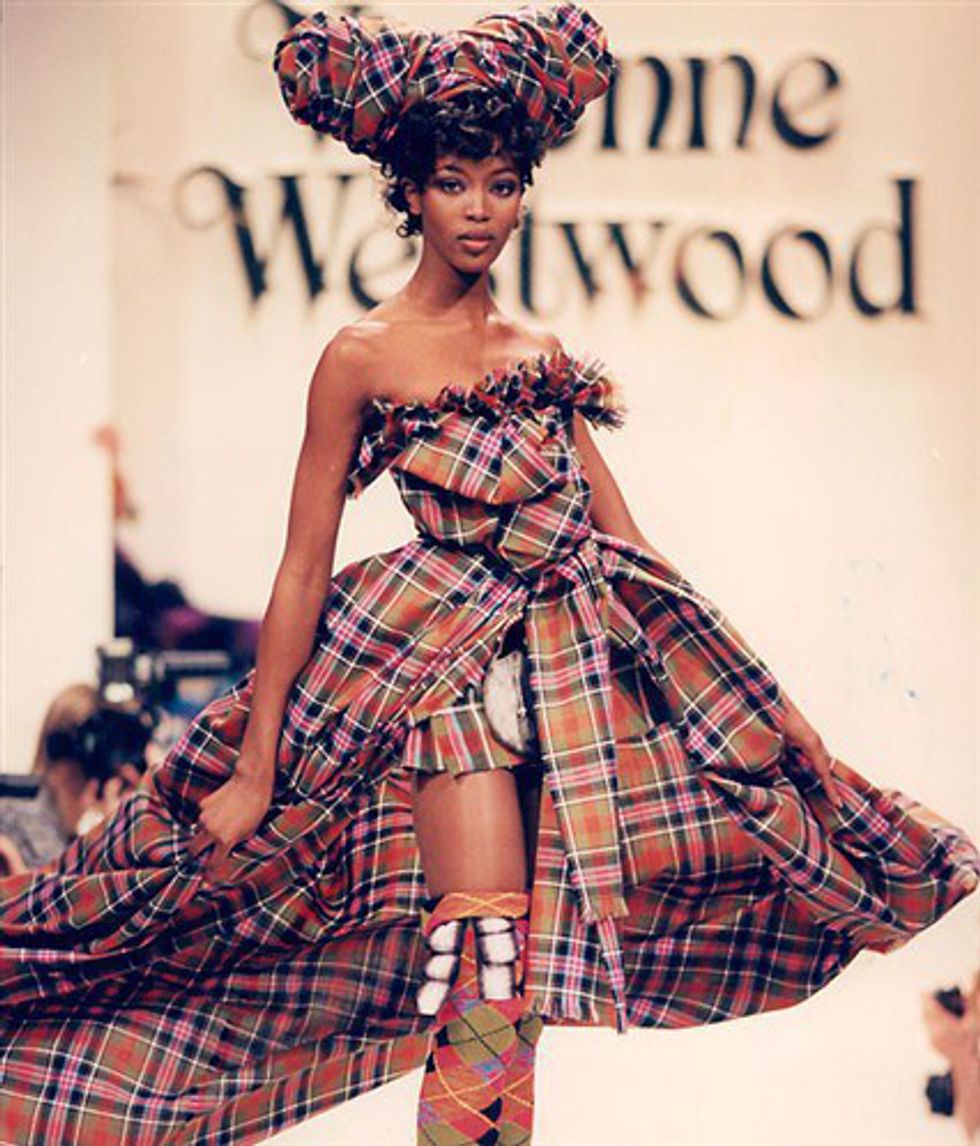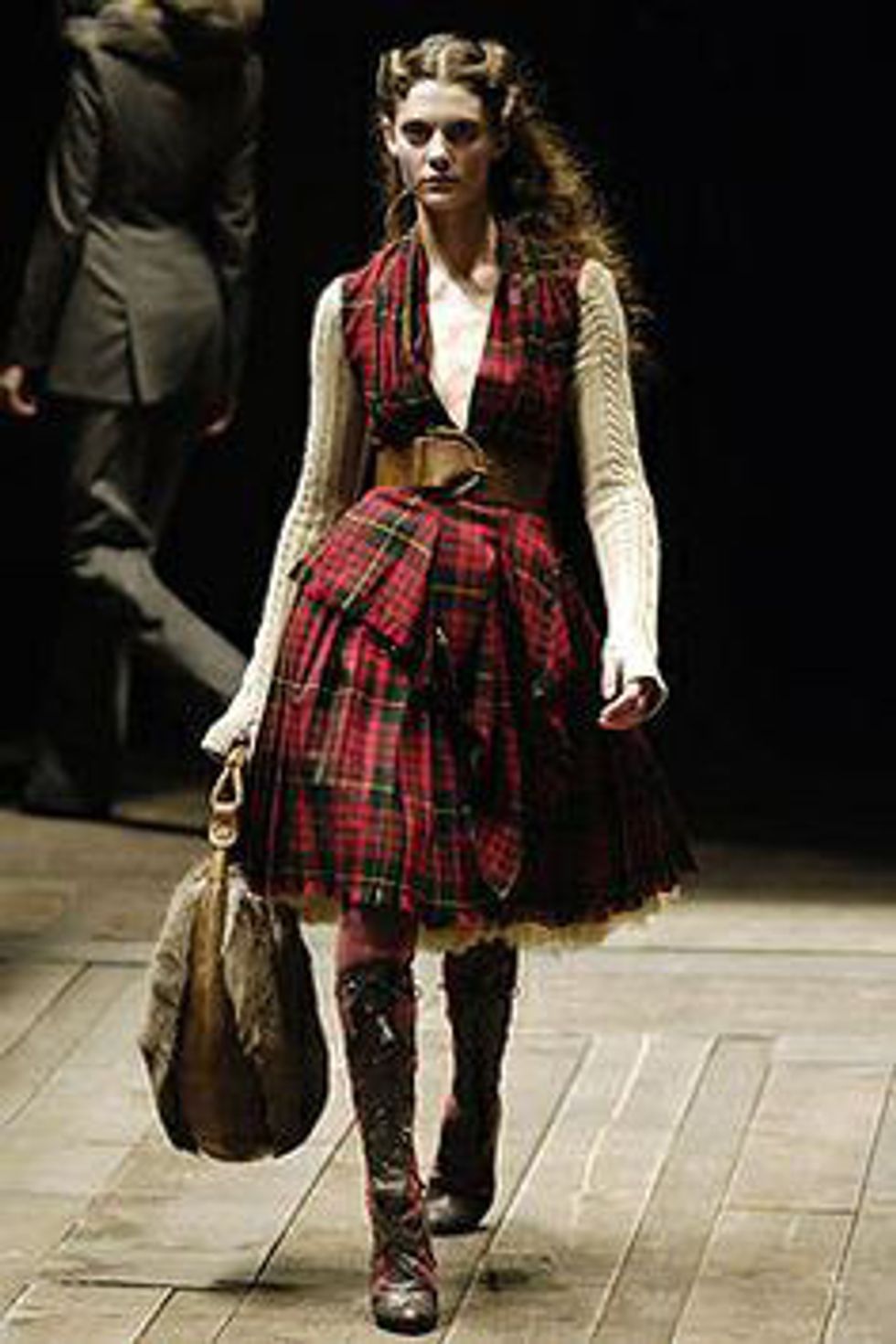The plaid shirt is something we take for granted today. Almost every person you meet has one in their wardrobe. The plaid fabric design actually dates back to 17th century Scotland. You will see the tartan, plaid, design used for kilts, hats, blankets, and other woolen clothes. Because weavers in early Scotland would only create one colored pattern for their clothes, specific tartans became synonymous with clans.
Scotland rebelled against Britain in 745. The Scottish were defeated in the battle of Culloden in 1746, and Britain passed the Dress Act. This banned plaid until 1782. After the pattern was legalized It soon became fashionable to wear plaid gowns to formal events.
In 1850 the Buffalo Check shirt was released by Woolrich Mills; an American Midwestern company that originated in Pennsylvania. This classic red-and-black checked shirt is much associated with lumberjacks. In 1924 Pendleton began mass producing plaid shirts for men. During a snowstorm in 1936, a little town named Cedar Springs, Michigan began to produce it’s own variation of plaid. The fabric quickly turned into a winter must-have. Pendleton took advantage of the new upswing by creating a plaid shirt for women in 1949.
In the 1960’s the surf-rock singing Beach Boys helped the popularity of plaid along. Then, in the 1970’s plaid was started to be seen everywhere. In 1979 The Dukes of Hazard’s Daisy took plaid from rustic to sexy by wearing hers knotted with short-shorts. Meanwhile, plaid shirts began taking on a punk theme. This took the classic monarchic fabric to anarchic by ripping and layering. Vivienne Westwood helped make plaid a symbol of rebellion by pushing the look onto runways.
Plaid spun around to preppy during the 1980’s. With many public figures, like Princess Diana, reminding everyone with plaid’s classier aspects the punk look lost it’s grip. The grunge look rose up in the Pacific Northwest to take its place. The early 1990’s were full of grunge bands, rocking out while wearing their “signature” plaids. In 1993 designer Marc Jacobs came out with his grunge-inspired Spring Collection. Plaid never truly lost it’s mainstream look during the grunge phase. Alexander McQueen produced the “Highland Rape” collection in 1995, acknowledging Britain’s mistreatment of Scotland during the 1800’s.
The plaid look slipped out of the spotlight until the autumn of 2013. J. Crew kept the plaid wearing models casual and classy. Hipsters cropped up after Hedi Slimane designed St. Laurent’s Fall Line in 2014. Grunge, once again, dominates the plaid world. Plaid shirts are a staple in nearly everyone’s wardrobe, and they don’t seem to be going anywhere.
Sources:
Jedd Ferris. "A Brief History of Plaid Shirts."Blue Ridge Outdoors, 17 Nov. 2010,
Tyler Atwood. "How Did Plaid Become Popular? A Brief and Grungy Fashion History."Bustle, 10 April 2014,
Danny Lewis. "A Brief History of Plaid." Smithsonian, 20 Nov. 2015,





























